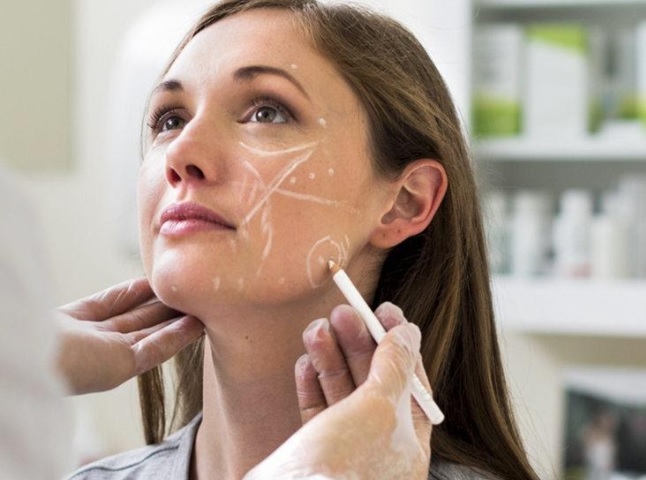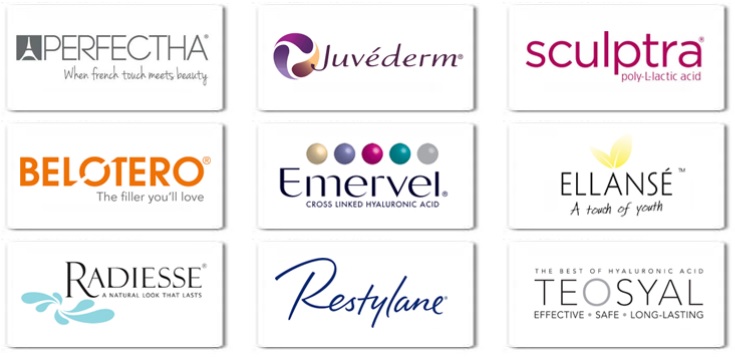There are no doubts that everyone had thought about how to prolong our younger looks at least once in life. Thankfully, we are living at a time when aesthetic medicine develops quickly, and, for the last few years, a lot of solutions to this problem have appeared. Let’s discuss them in more detail for those who are not aware of them and who want to know more about the long-term effects of dermal fillers (look here).
What Can I Use to Fill in Wrinkles?
Starting from the beginning, what treatments are suitable for filling in wrinkles? There are a few variants:
- Dermal fillers. Fillers are solutions that are injected under the skin. They help to get back the smoothness, volume, and lost glowing. You can see the result in a few hours after treatment, and the effect lasts up to six months;
- Botox. The Botox effect is different from facial fillers. It paralyzes muscles under the skin, relaxes them, and those muscles just stop to contract for some time. The impact of this kind of facial injections lasts for 3-4 months and becomes noticeable in a few days because the solution needs to settle down;
- Fat transplant. The fat is taken from the lower parts of the body and injected at the cheek, temple, and forehead areas. That’s a great alternative to filler treatment for those who are allergic to the solutions’ components. Plus, the result lasts longer than after other remedies.

SEE MORE: 6 Natural Substances You Should Use On Your Skin
Before the procedure, it’s very important to talk to the doctor and decide what kind of procedure is best for you. Don’t skip this important step!
Types of Dermal Fillers
Next, for common awareness and understanding the procedure better, we need to know each type’s specifications.
- Hyaluronic acid (Belotero, Juvederm, others). The most general wrinkle filler. The result remains from six months to a year;
- Calcium hydroxylapatite (Radiesse). Used for treating deep wrinkles and skin folds, contour jawline, and bring back volume in the cheeks. The effect is visible up to one year;
- Permanent soft tissue filler (Artefill). This facial filler for wrinkles is mostly used in the areas around the mouth. The body can’t absorb it, so reinjection is not usually needed. It is not recommended for the “beginners” on the dermal fillers way;
- Poly-L-lactic acid (Sculptra). This kind of medicine is used to get back the face’s volume lost because of age or sickness. The effect lasts up to two years and usually requires around three sessions for the full result.

As you can see, the possibilities to change the appearances are endless, but all treatments should be chosen individually and agreed upon with the doctor.
Can Fillers Get Rid of Deep Wrinkles?
A lot of people wonder what’s the effect of facial fillers before and after 30. The thing is, before 30th, we only have mimic wrinkles. They are present on the first layer of the skin, in the forehead, eyes, and mouth areas, and are hard to notice. That is why Botox is typically used for treating them, as it’s more liquidy and lighter.
After 30, mimic wrinkles have all the chances to become deep wrinkles (also called fine lines). To get read of those, you need something thicker than Botox. That’s where dermal fillers play their role. They are applied in gel form and can smooth out those wrinkles that are too deep for Botox.
Don’t be in a rush to use fillers straightaway after finding the first wrinkle, but keep an eye on them and make an appointment with a specialist to know when is the right time.
Conclusion
The beauty industry has developed a lot in the past years so that everyone can find a suitable treatment. Starting from at-home procedures, ending with Botox and fillers, there is a solution for every person. Just don’t be afraid and postpone your own beauty. Start to glow up today!